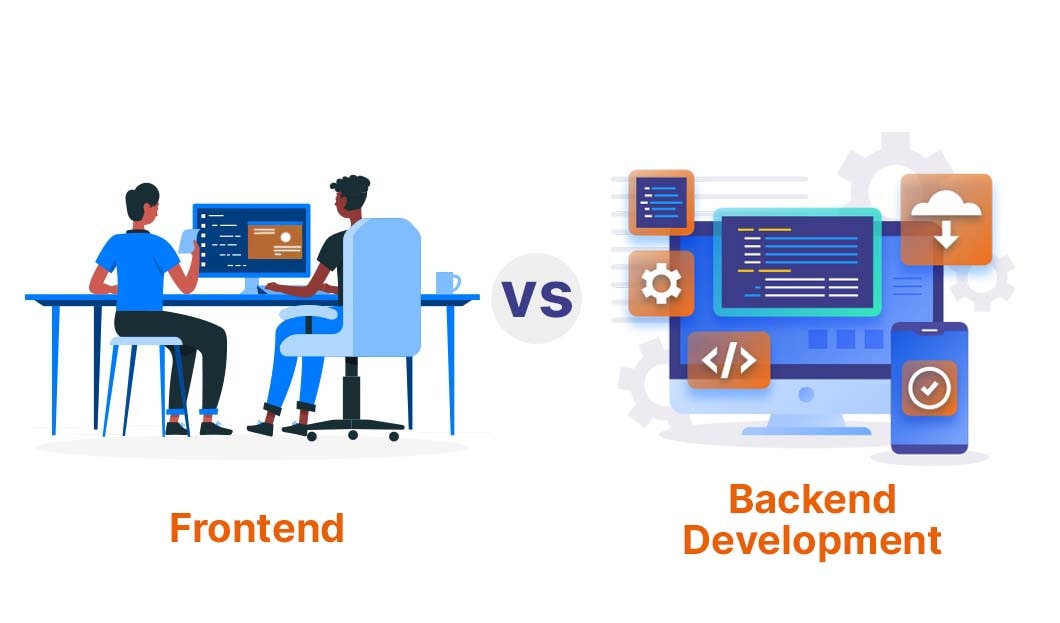Baykanber Insights
Your go-to source for the latest news and trends.
Frontend Follies: Hilarious Mistakes Every New Developer Makes
Laugh your way through common frontend blunders! Discover the hilarious mistakes every new developer makes and learn from them.
10 Common CSS Mistakes That Will Make You Facepalm
When it comes to web design, Cascading Style Sheets (CSS) can make or break your project. One of the most common mistakes developers encounter is the misuse of the CSS box model. Many beginners struggle to grasp how padding, margin, and border interact with each other. This often leads to unexpected layouts and can be a huge headache when trying to achieve a specific design. To avoid this pitfall, ensure you understand the box model thoroughly. You can learn more about it in MDN Web Docs.
Another frequent oversight is neglecting responsive design. With a variety of devices accessing the internet, failing to implement proper media queries can lead to a dismal user experience. Developers often forget to test their designs on multiple screen sizes, resulting in poorly formatted websites on mobile devices. Using CSS frameworks like Bootstrap can help streamline this process by providing a responsive grid system right out of the box. For more tips on responsive design, visit CSS Tricks.

JavaScript Confusions: Errors Every Beginner Encounters
JavaScript can be a daunting language for beginners, with its unique quirks and behaviors often leading to confusion. One common error that new developers face is the infamous NaN (Not a Number) issue. This occurs when an operation that is expected to yield a number results in something else, such as undefined or null. For instance, adding a string to a number will yield a NaN result, which can create unexpected behavior in your application. To overcome this confusion, it's crucial to understand JavaScript's dynamic typing and how to effectively utilize functions like isNaN() to check for invalid numbers.
Another prevalent challenge for beginners is related to scope and hoisting. In JavaScript, variables declared with var are hoisted to the top of their enclosing function or global context, which can lead to unexpected results if you are not aware of this behavior. Newcomers often mistakenly believe that their variables are only accessible within the block they are defined. To clarify this point, it’s important to explore hoisting and understand the difference between var, let, and const. Misunderstanding these concepts can lead to bugs that are challenging to debug, as variables may not behave as anticipated due to their scope.
Why Is My Website Broken? Troubleshooting Frontend Blunders
When you encounter the frustrating message, Why is my website broken?, it can disrupt your online presence and user experience. Many factors can contribute to a malfunctioning website, ranging from simple coding errors to complex server issues. To start troubleshooting, check for common frontend blunders such as:
- Broken links: Ensure that all links lead to their intended destinations to avoid 404 errors.
- JavaScript issues: Inspect the console for errors that might disrupt scripts from functioning correctly.
- CSS problems: Verify your stylesheets are loading properly to prevent design inconsistencies.
For more detailed guidance on diagnosing these issues, consider checking resources like the MDN Web Docs for JavaScript debugging techniques.
If the initial checks don’t resolve the problem, you may need to dig deeper. Analyzing your website’s performance can unveil hidden issues, such as slow loading times or resource loading failures. Utilize tools like Google PageSpeed Insights for performance assessments and recommendations. Beyond performance, examining browser compatibility is crucial; ensure your website displays correctly across different browsers and devices. Tools like BrowserStack can facilitate this testing.
Ultimately, by addressing these common frontend mishaps and utilizing the right tools, you can significantly improve your website’s functionality and user experience. After all, a functional website enhances user engagement and retention, so addressing these issues promptly is essential.